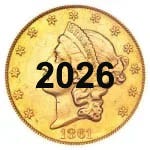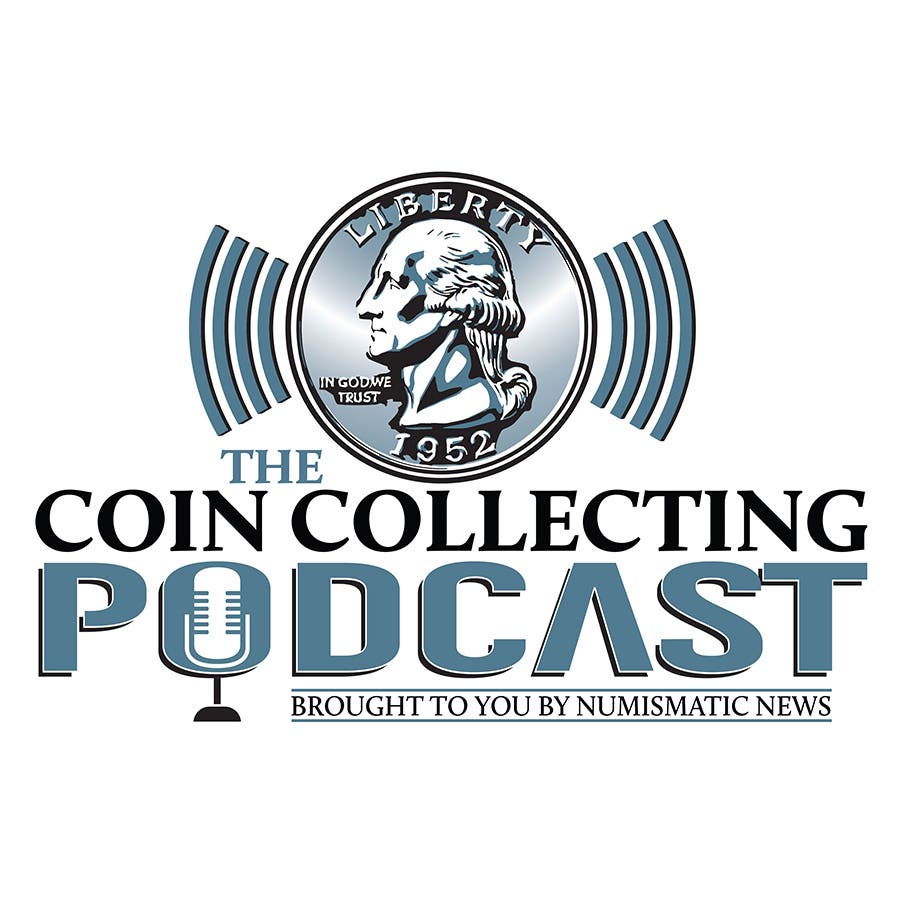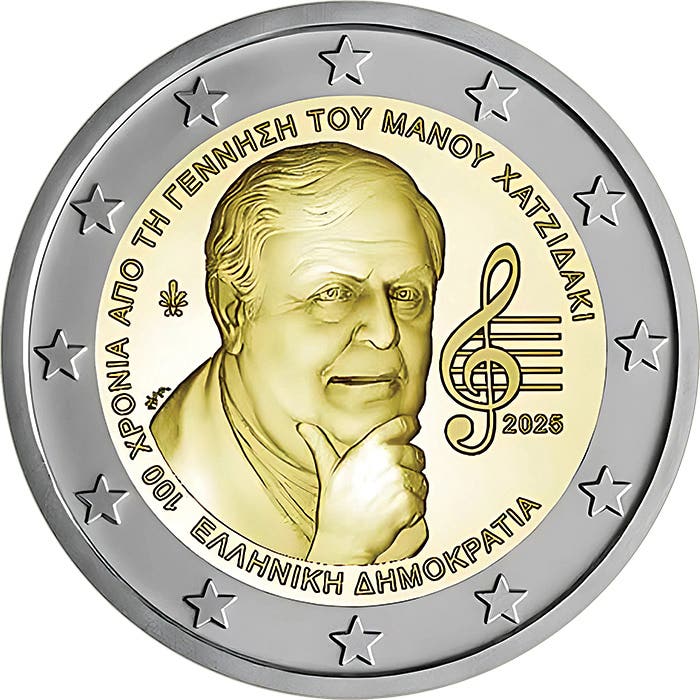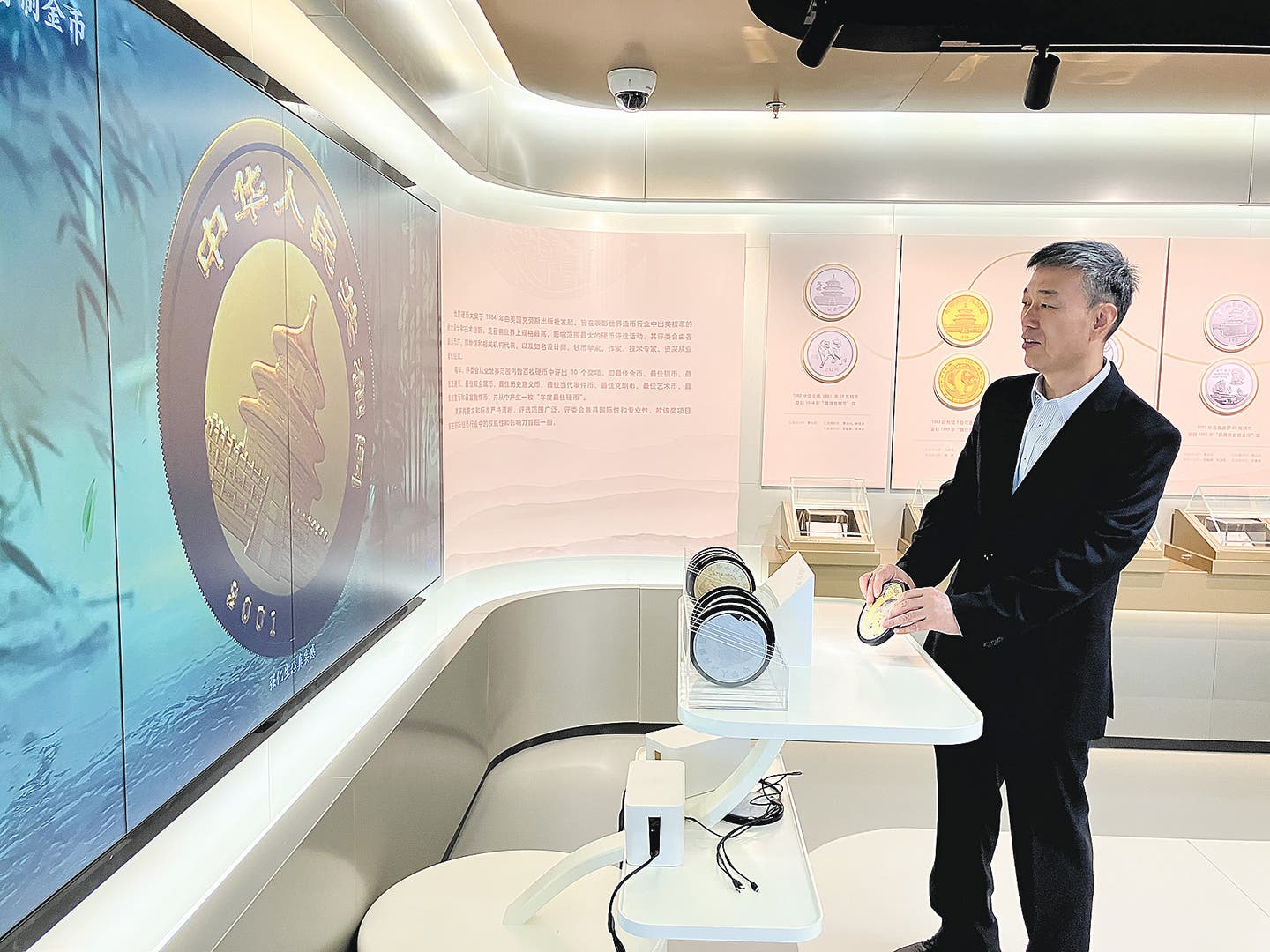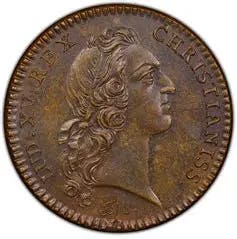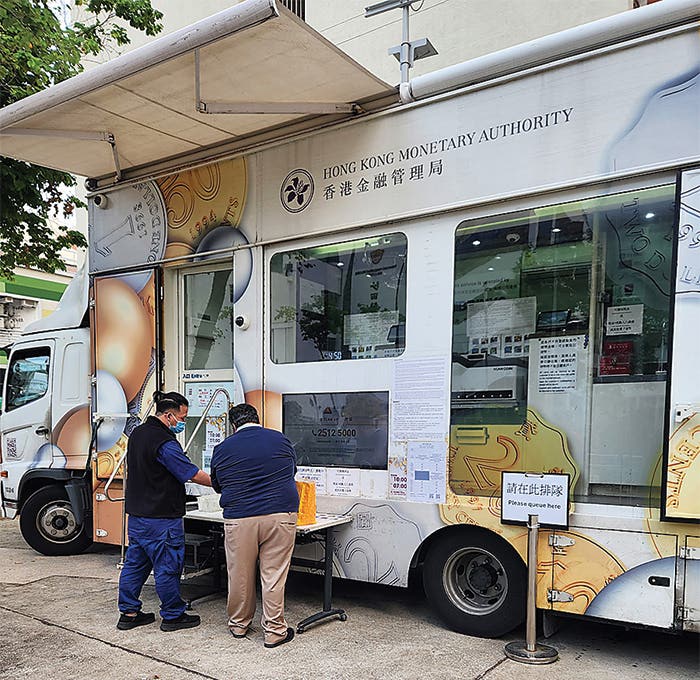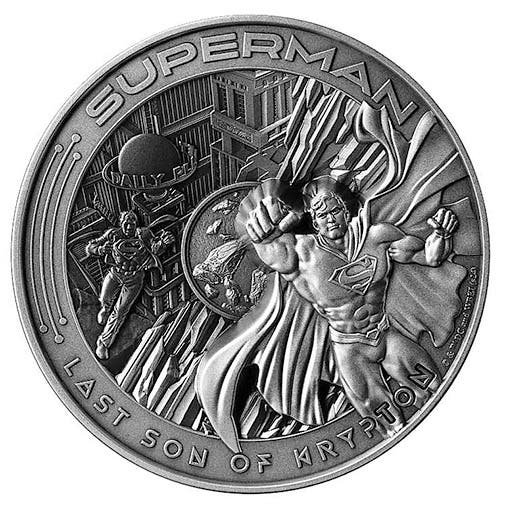Interesting Mexico Money Spotlighted
The July 1963 issue of Coins magazine took a decided turn toward covering another nation’s currency. As announced in the prior issue, the July number would look almost exclusively at…
The July 1963 issue of Coins magazine took a decided turn toward covering another nation’s currency. As announced in the prior issue, the July number would look almost exclusively at Mexico.
“We all recognize the fact that the hemisphere’s first coinage was accomplished in Mexico,” Coins noted in its preview in the June issue. “And from that coinage we have received a vast and intriguing heritage. But there are a lot of things about Mexican numismatics that most of us don’t know and, although a single issue of Coins couldn’t pretend to cover the subject, we hope it will stimulate enough interest so that you will want to follow the field on your own.”
In nearly two-dozen articles, the July Coins explored the sometimes-tumultuous history of Mexico’s varied currency.
“Romance, excitement, love and adventure,” began the article, “Mexico Invitation to Adventure.” “These are the images the word Mexico brings to mind.
“But to a coin collector, there is one other thing – a sound. It is the soft chink of centuries-old metal; pieces of eight, doubloons and a hundred other pieces of the hemisphere’s first coinage.
“For Mexico, to the collector, means a lot of things. It means tracing an exchange system back to the cacao beans of the early Middle Ages. It means following the routes of the Spanish Conquistadores. It means coinages of royalty, republic and necessity coinage of revolutionaries. Mexico means all this and more, and the flavor of it all remains in Mexico today.”
An article on the history of Mexico, by Ed Rochette, followed: “It is said that Mexico offers everything. And this is true.”
Next was an 11-page, illustrated history of Mexico’s coinage, by Henry Christensen. “After much study, the establishment of a mint at Mexico City was authorized in 1535 and empowered to coin silver pieces of three, two, one, half and quarter reales.”
This article included a detailed look at the development of Mexican coinage, exploring the various silver reales and gold escudo issues, the countermarks and the numerous mints.
M. Ralph Brown told the story of “General Villa and The Revolutionary Bills of 1913-17.” While “Men Behind the Coins,” by Neil Utberg, explored the various rulers and prominent figures who played a role in the nation’s coinage. The images of Cortes, Montezuma, Cuauhtemoc, Hidalgo, Iturbide, Maximilian and others fill this story.
One of the more interesting articles explored not the regular coinage but the substitutes that could be found there from the days of the Aztecs into the 1800s, including cacao beans, axe money and fragile soap money.
“At the time of the Spanish conquest early in the 16th Century, Mexico possessed a highly advanced economic system,” wrote Robert Obojski in “Odd and Curious Money of Old Mexico.” “Commerce played a very important part in Aztec civilization and the turnover of goods was significant. It is only natural, therefore, that even before the Spaniards introduced coined money, Mexico should have possessed a highly developed system of primitive currencies.
“Gold dust was one of the media of exchange. It was kept in transparent quills to show the quantity, and was not weighed but changed hands according to the size of the quills. In that form, or cast into bars, gold was used in payment of tribute by the Southern provinces of the Aztec Empire before the Spanish conquest.”
But the principal currency of the ancient Mexico monetary system was cacao beans.
“Cacao beans were usually kept in bags of 24,000. Columbus came across a ship from the Yucatan carrying goods in exchange for cocoa. A traveller of the 18th Century reported that cacao beans were used as money, and that their value was kept high through the restriction of the cultivation of cocoa in the country.
“There were even debased cacao beans; their stone was removed and its place was filled with earth!
“Cacao beans continued to serve as currency right into the 19th Century. Some Mexican and other Central American tribes used cacao beans until recently as small change, the smallest silver coin being equal to forty cacao beans.
“Maize was another land product that served as a currency in Mexico. Yet another kind of currency was a small piece of cotton cloth called ‘Patolquachtli,’ used for the purchase of articles of immediate necessity or of little value ...
“Mexico also had metallic currency other than gold dust. When Bernal Diaz landed at the Tonala River in 1518, the Indians brought hatchets of copper to pay for the beads and other objects the Spaniards had for sale. In three days the Spaniards had acquired more than 600, believing them to be low-grade gold.
“Cortez, in a letter to the King of Spain, dated October 15, 1524, referred to the hatchets used by the Aztecs as money. Their value was 8,000 cacao beans. Several writers have mentioned copper hatchets as one of the currencies of the Yucatan Indians. Copper and tin cut in small T-shaped pieces was the nearest approach to coined money. Cortez found pieces of tin circulating in several provinces.”
One of the more interesting forms of currency was soap money.
“An American journalist, George Wilkins Kendall, who spent some time in Mexico in 1841 and 1842, published a detailed account of the use of soap money in the country. Soap was apparently the only form of small change obtainable in some districts.”
In his 1846 Narrative of the Texan Santa Fé Expedition, Kendall wrote:
“A circumstance of a very amusing nature occurred while the officer of our guard was absent at the house of the commandante, for the purpose of obtaining permission for us to roam about the city on parole. We had scarcely been ten minutes in the convent when we were visited by the usual crowd of venders [sic] of oranges and other fruits, women with tortillas, frijoles, and guisado, all anxious to dispose of their little stock in trade. Mr. Falconer picked out some half dozen oranges and sweet limes from the basket of a fruit-girl, and in payment handed her a dollar. There was not small coin enough among them all to change the dollar, and Falconer sent it out by a corporal, telling him to get it changed. The fellow shortly returned with sixty-four cakes of soap, tied up in a handkerchief. Falconer told the corporal he wanted change not soap. The corporal replied that it was the currency of the place – legal currency – and that there was no other. Such proved to be the case; and however singular it may appear, soap is really a lawful tender in the payment of all debts, and our companion was compelled to keep this singular substitute in the way of change for his dollar. He could not very well pocket it, as there was nearly a peck in bulk.
“The cakes are about the size of the common Windsor shaving-soap, and each is worth one cent and a half – in fact, a fraction more, as eight of them pass for twelve and half cents, or sixteen for a quarter of a dollar. Each cake is stamped with the name of the town where it is issued, and also with the name of the person who is authorized by law to manufacture it as a circulating medium; yet Celaya soap – for it also circulates in that city – will not pass in Queretaro. The reason I cannot divine, as the size and intrinsic value appear to be the same. The municipal authorities of either town appear to have made no provision for equalizing the exchanges between two places, and there is no brokers’ offices for the buying and selling of uncurrent soap in Mexico.
“Many of the cakes in circulation were partially worn, and showed evidence indisputable of an acquaintance with the wash-tub; but all were current so long as the stamp was visible.”
Kendall also said that phrases such as “Are you out of soap?” and “How are you off for soap?” were regularly bandied about. One would imagine that, “You really cleaned up on that transaction,” might have come into play and, out of practicality, any melting of your soap money must have meant you were literally “all washed up.”


